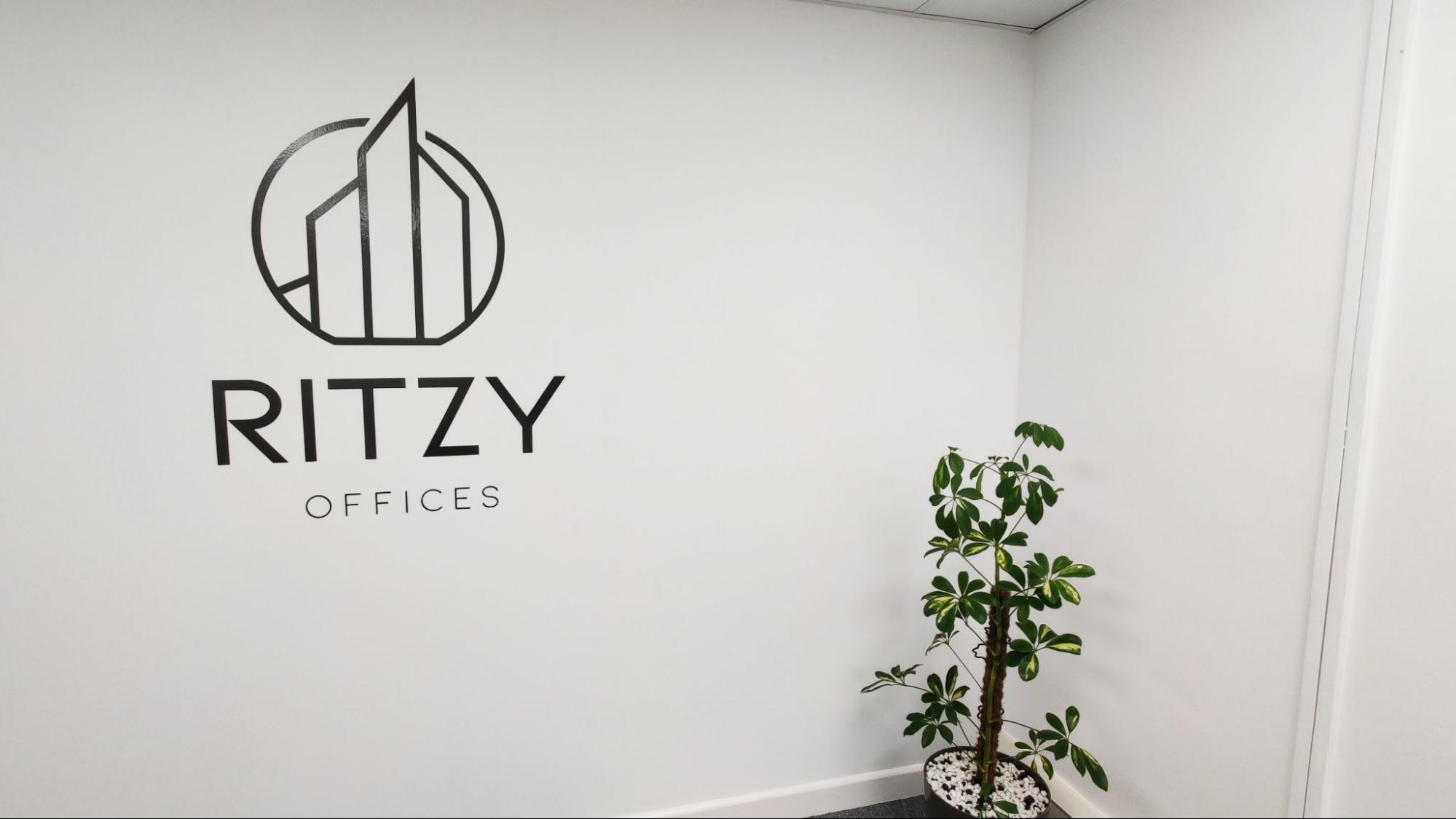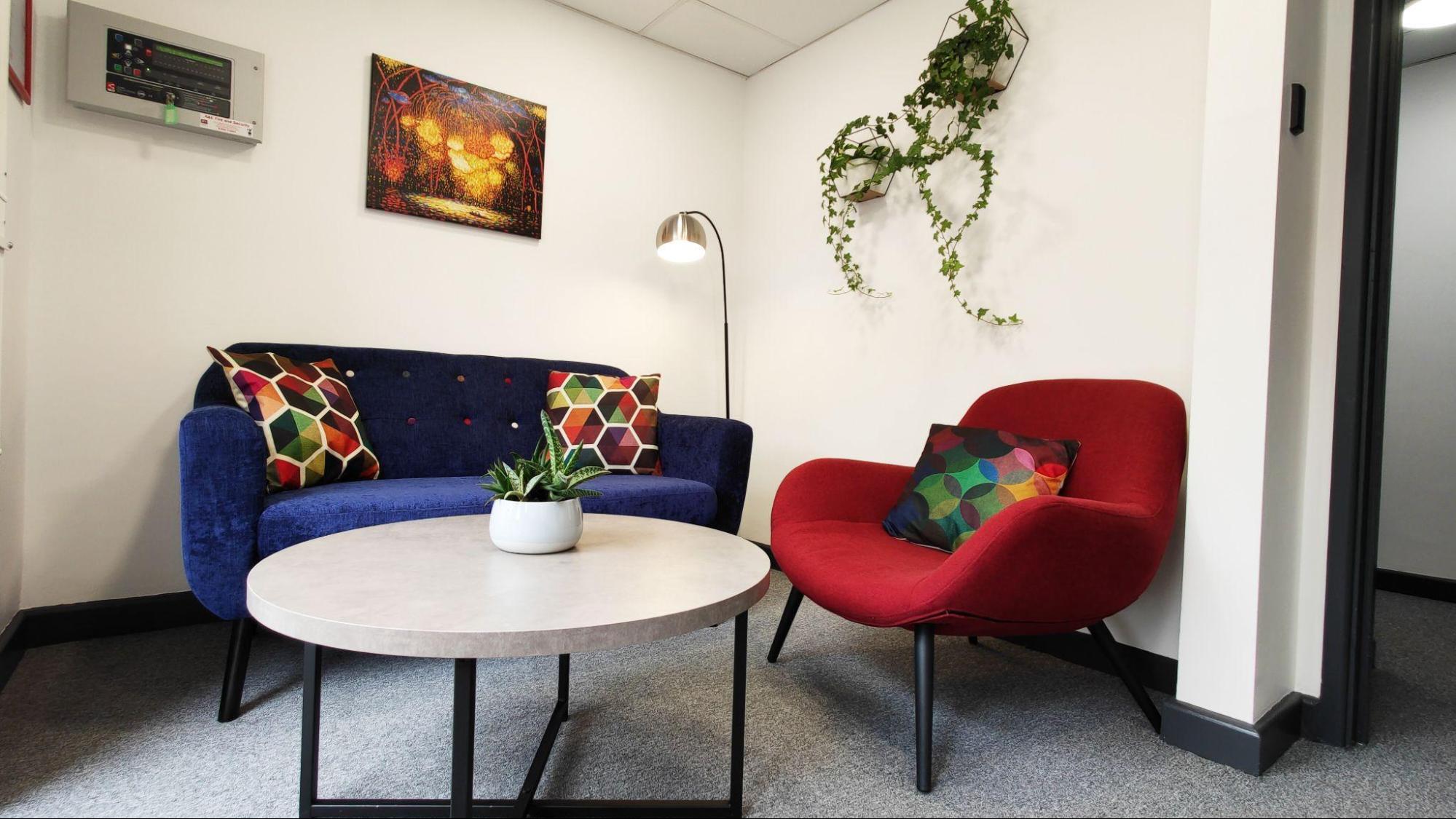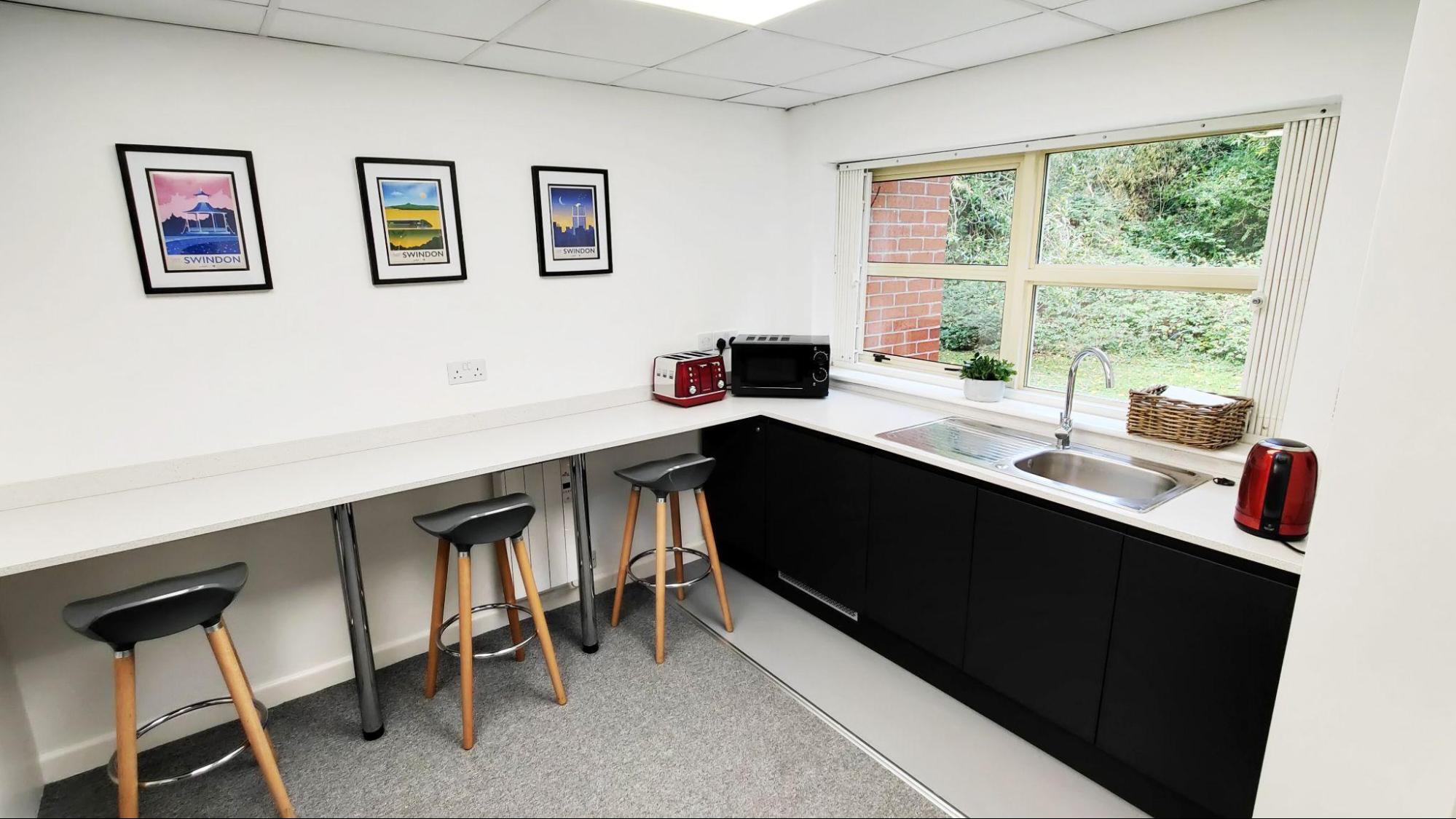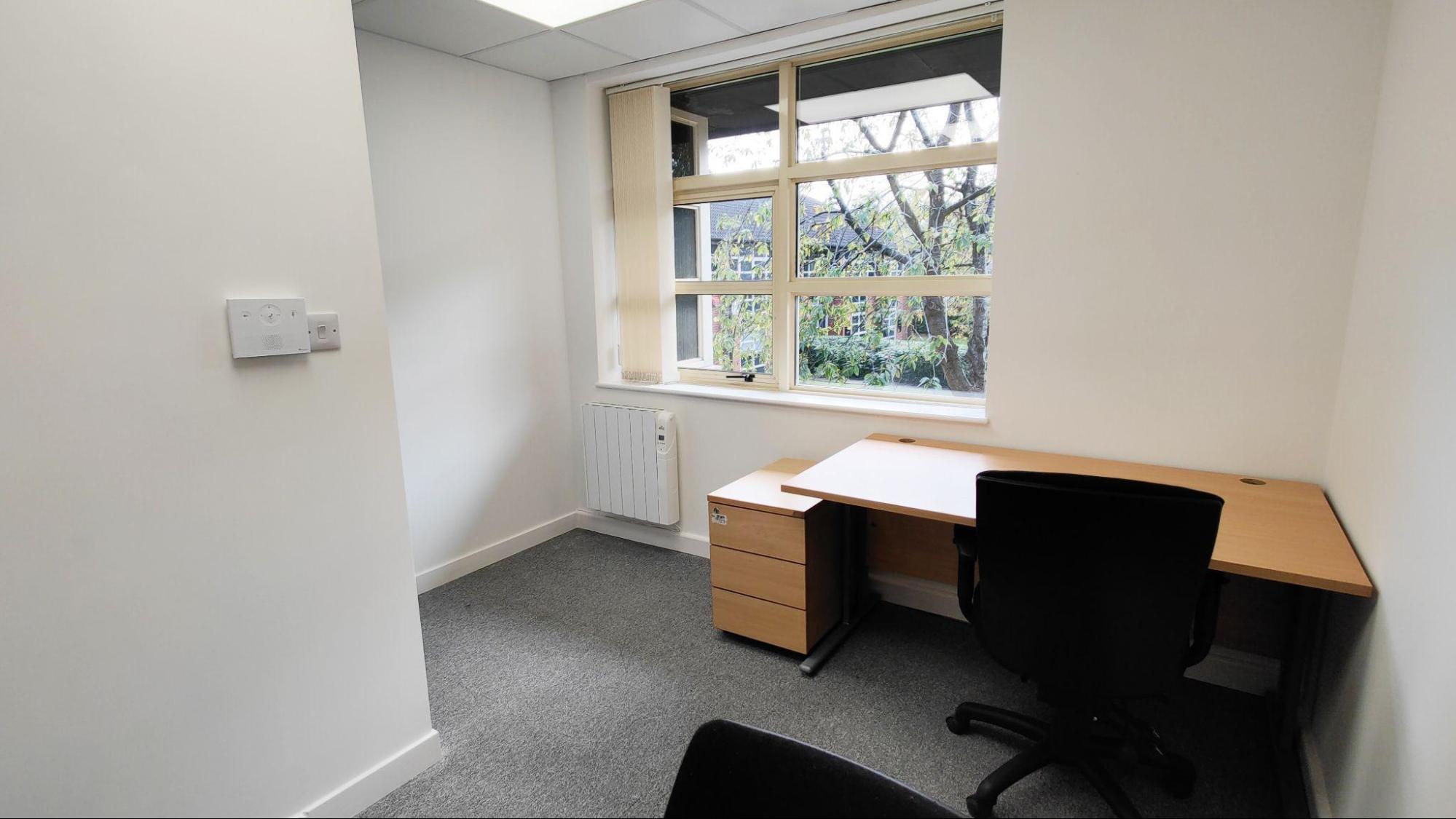 Wellness At Work: The Benefits Of Office Gardens And Relaxation Areas
Wellness At Work: The Benefits Of Office Gardens And Relaxation Areas
In the fast-paced and demanding world of the modern workplace, companies increasingly recognise the importance of employee well-being.
As the lines between work and personal life blur, creating a conducive physical and mental wellness environment has become a priority for forward-thinking organisations.
One innovative approach gaining popularity is incorporating office gardens and relaxation areas. These green oases within the concrete jungles of office spaces are proving to be more than just aesthetically pleasing; they are transformative spaces that contribute significantly to employees’ overall wellness.
The Workplace Wellness

Balanced Work Environment
In recent years, there has been a transformative shift in corporate perspectives on employee well-being, recognising the profound impact a healthy and content workforce can have on productivity, engagement and loyalty.
This paradigm shift has elevated workplace wellness programmes to a central role in shaping corporate culture. Companies are actively embracing a multifaceted approach, integrating initiatives that span from fitness classes to mental health support.
The emphasis is on cultivating a balanced work environment that prioritises the holistic well-being of employees. This strategic focus enhances professional life quality and underscores the understanding that a thriving workforce is a key driver of sustained corporate success.
As a result, organisations increasingly invest in initiatives promoting physical, mental and emotional wellness, fostering a culture where employees can flourish personally and professionally.
The Stress Of Modern Work Life

Contemporary Work Landscape
The modern work environment is characterised by overwhelming stress and extended working hours, culminating in burnout and a decline in job satisfaction. This pervasive issue has extensive implications for both individuals and organisations.
Those grappling with burnout are prone to increased instances of sick leave, diminished contributions to team efforts and a general decline in productivity.
In response to this growing concern, companies are actively exploring innovative approaches to mitigate workplace stress and cultivate an atmosphere conducive to overall well-being.
Recognising the negative impact of burnout on employee performance, organisations are increasingly prioritising initiatives aimed at fostering a healthier work-life balance and promoting the mental and physical well-being of their workforce.
Benefits Of Office Gardens

Benefits Of Office Gardens And Relaxation Areas
1. Stress Reduction
The natural elements in office gardens calm individuals, reducing stress levels and promoting relaxation. Greenery and natural light have been linked to lower cortisol levels, the hormone associated with stress.
2. Improved Air Quality
Plants act as natural air purifiers, removing toxins and improving indoor air quality. This contributes to physical health and enhances cognitive function and focus, creating a more productive work environment.
3. Enhanced Creativity And Productivity
A connection with nature has been shown to stimulate creativity. By providing a break from the monotony of office life, office gardens can inspire fresh ideas and boost productivity.
4. Increased Employee Satisfaction
Employees with access to outdoor spaces and greenery at work tend to report higher job satisfaction. Feeling more satisfied in their work environment, employees are likely to be more engaged and committed to their tasks.
Creating Relaxation Areas

Recharge And Rejuvenate
In addition to office gardens, creating dedicated relaxation areas within the workplace is gaining traction.
These spaces are designed to offer employees a break from the hustle and bustle of their daily routines, allowing them to recharge and rejuvenate.
1. Comfortable Seating
Furnished with comfortable seating, relaxation areas provide employees with a space to unwind during breaks. Whether it’s a cosy corner with plush chairs or outdoor seating surrounded by greenery, the key is to create an inviting atmosphere.
2. Mindfulness And Meditation Spaces
Many companies are incorporating mindfulness and meditation spaces into their relaxation areas. These spaces have tools and resources to help employees practise mindfulness, fostering mental clarity and reducing stress.
3. Flexible Workspaces
Relaxation areas are for breaks and can also serve as alternative workspaces. These areas encourage creativity and flexibility in their work approach by providing employees with a change of scenery.
4. Socialisation Opportunities
Wellness at work is not just about individual health; it’s also about fostering a sense of community. Relaxation areas can be designed to encourage socialisation, providing a platform for colleagues to connect and build relationships outside the confines of formal meetings.
Realising The ROI Of Wellness Initiatives

A Healthier And Happier Workforce
Investing in office gardens and relaxation areas may entail an upfront cost, but the tangible return on investment (ROI) is evident across multiple facets of the business.
A healthier and happier workforce leads to reduced absenteeism, heightened productivity and enhanced employee retention rates.
Beyond these operational benefits, organisations focusing on employee well-being gain a competitive edge in talent acquisition, as they become more appealing to top professionals.
This commitment to wellness fosters a positive internal culture and contributes to a favourable external company image.
In essence, the initial financial commitment to wellness initiatives manifests in improved employee performance, lower turnover and an overall positive perception that enhances the company’s position in the market.
Wrapping up, in pursuing a holistic approach to employee well-being, office gardens and relaxation areas emerge as valuable tools for modern workplaces.
Beyond the aesthetics, these spaces have the power to reduce stress, enhance creativity and contribute to a positive work culture.
As companies continue to evolve in response to the changing dynamics of the workforce, investing in employees’ well-being is a trend and a strategic imperative.
By embracing the concept of wellness at work, organisations are ensuring their employees’ health and happiness and securing a more sustainable and successful future.
Ready to transform your gatherings? Elevate your event planning and make your meetings more impactful. Read more: ‘Strategically Selecting Meeting Venues: A Guide To Room Hire.’
